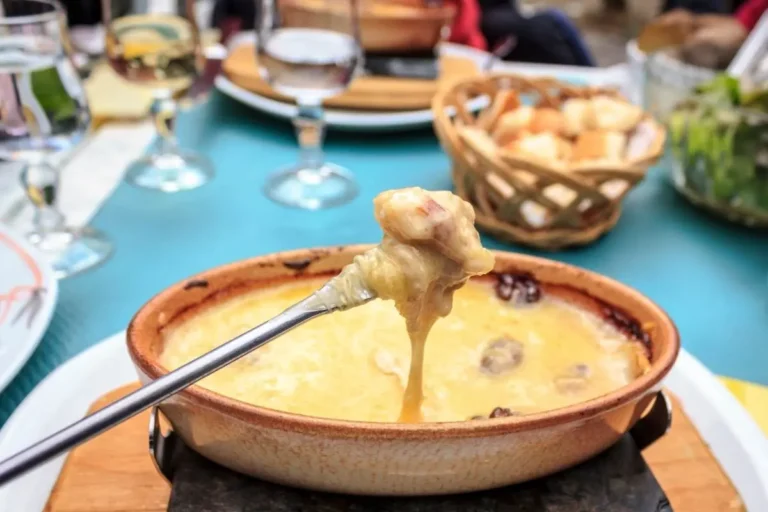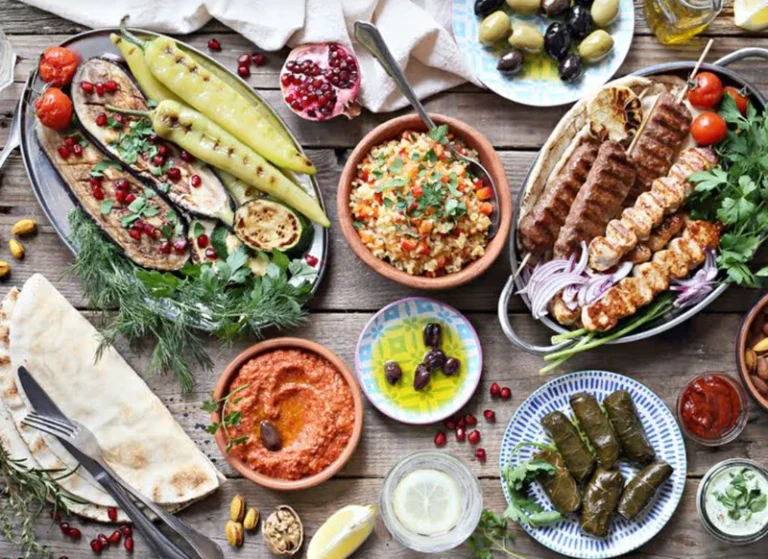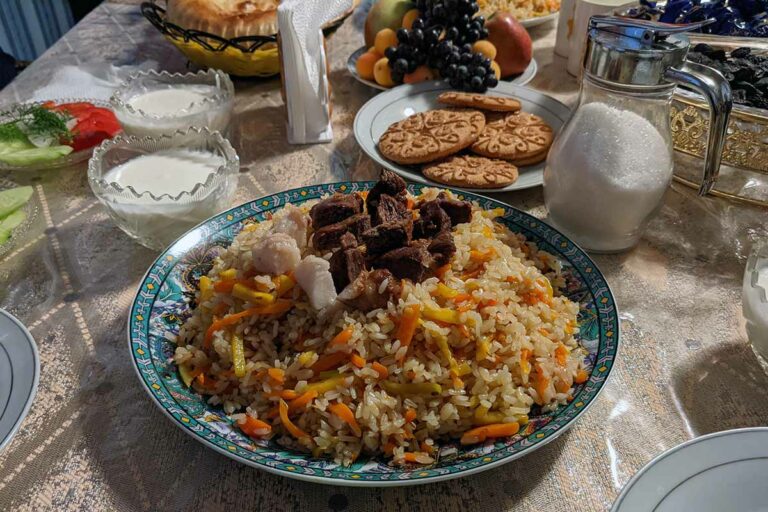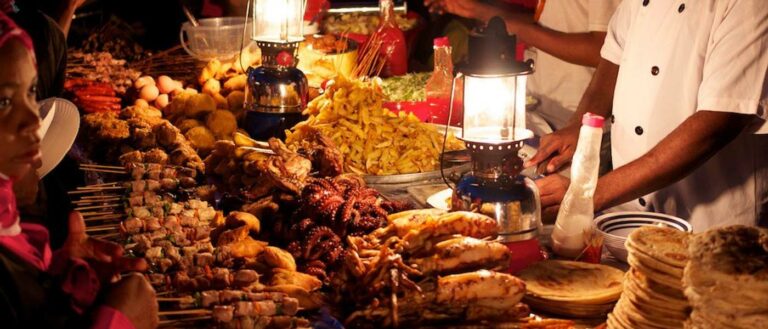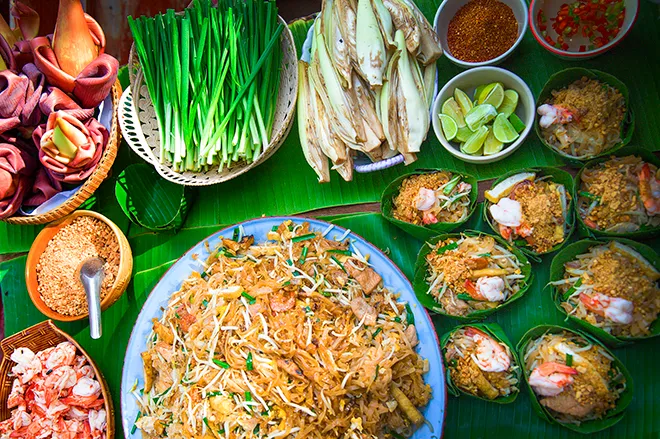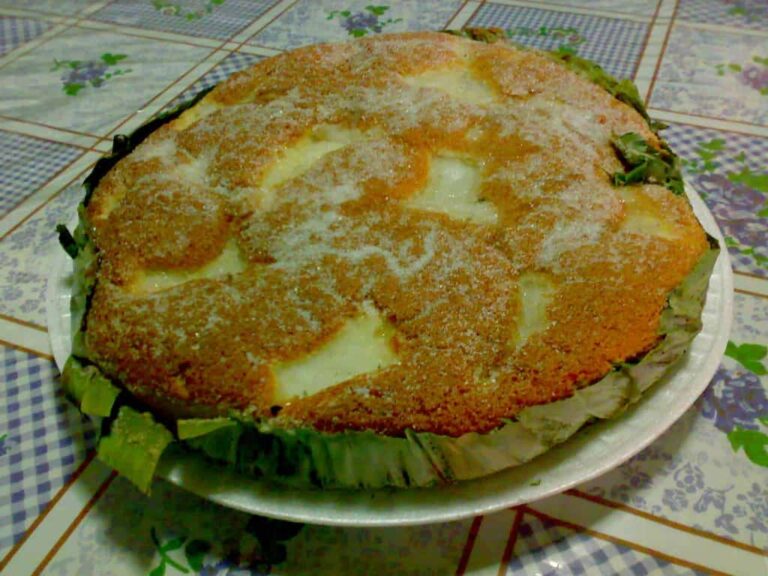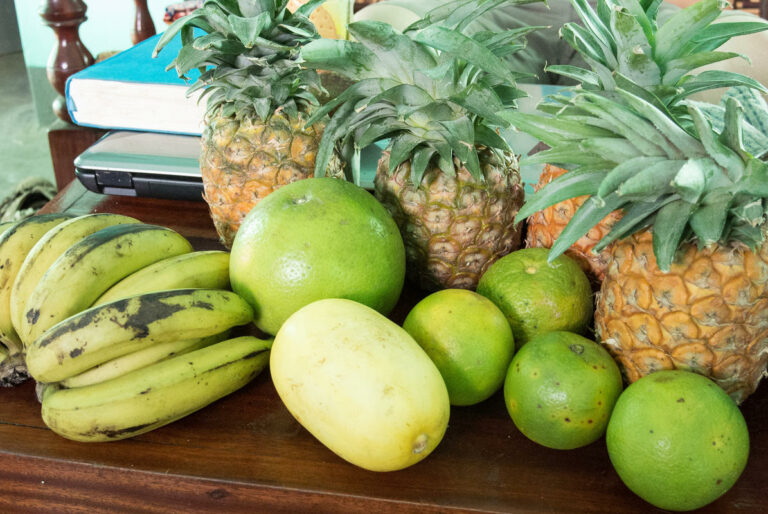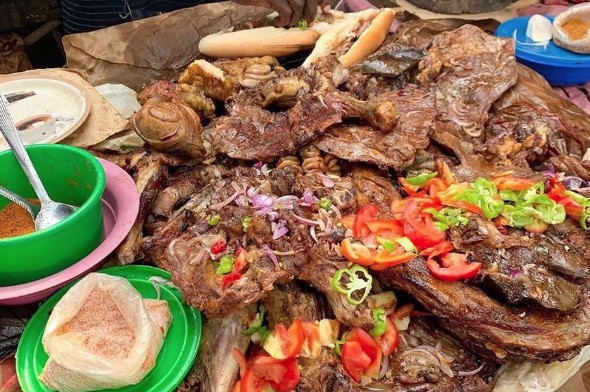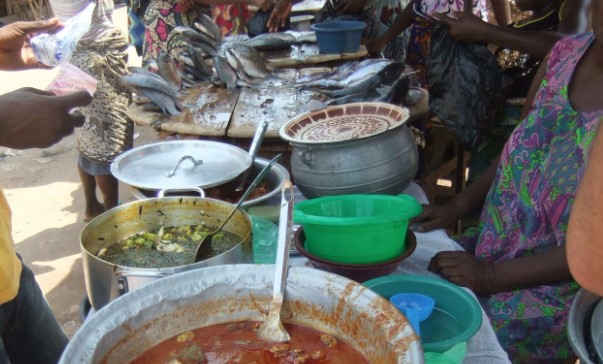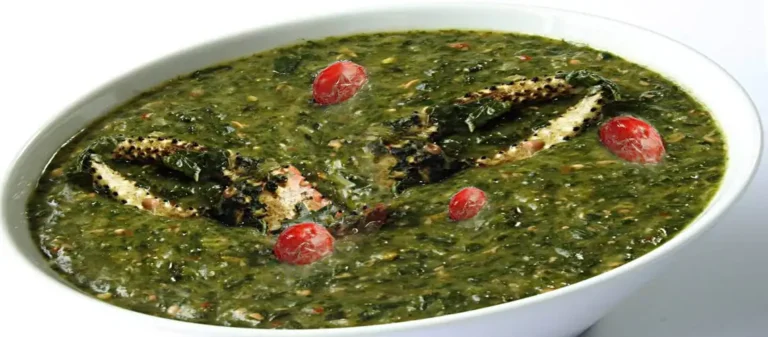Introduction: Swiss Cheese Culture
Switzerland is a country that is renowned for its delicious cheese. Cheese is a staple in Swiss cuisine, and the country is known to produce over 450 different varieties of cheese. Cheese is not just another food item in Swiss cuisine; it holds a significant place in the culture and history of the country. Cheese is a symbol of tradition, quality, and craftsmanship. Swiss cheese culture is deeply ingrained in the country’s food culture, and it continues to play an important role in Swiss cuisine.
Long History of Cheese-making
Cheese-making is an ancient practice in Switzerland. Cheese-making has been a part of the country’s history for over 800 years. The Swiss Alps provide the perfect environment for cheese-making, as the cows graze on the lush alpine grass that grows in the region. The first cheese made in Switzerland was probably a soft cheese similar to modern-day cottage cheese. Over the years, Swiss cheese-makers have developed a variety of cheeses, each with its unique flavor and texture.
Different Types of Swiss Cheese
Switzerland is known for its wide variety of cheese. Some of the most popular Swiss cheeses include Emmental, Gruyère, Appenzeller, Tête de Moine, and Raclette. Emmental is the most famous Swiss cheese, known for its large holes and mild flavor. Gruyère is another popular Swiss cheese, famous for its nutty flavor and smooth texture. Appenzeller is a tangy cheese with a spicy flavor, while Tête de Moine is a semi-hard cheese that is grated into rosettes. Raclette is a cheese that is melted and served over potatoes and vegetables.
Cheese-based Dishes in Swiss Cuisine
Swiss cuisine is renowned for its cheese-based dishes. Cheese is used in many Swiss dishes, such as fondue, raclette, and Rösti. Fondue is a dish where cheese is melted in a communal pot, and diners dip bread into the cheese. Raclette is a dish where cheese is melted and served over potatoes and vegetables. Rösti is a potato pancake that is served with cheese. Cheese-based dishes are an essential part of Swiss cuisine, and they are enjoyed by locals and tourists alike.
Cheese as an Iconic Swiss Product
Swiss cheese is not just an ordinary food item; it is an iconic Swiss product. Swiss cheese is known for its high quality and unique flavor. Swiss cheese-makers follow strict regulations to ensure that their cheese is of the highest quality. Swiss cheese is also protected by various geographical indications that protect the name and quality of the cheese. Swiss cheese is exported all over the world and is a symbol of Switzerland’s commitment to quality and craftsmanship.
Conclusion: Cheese as a National Treasure
Cheese is a national treasure in Switzerland. Swiss cheese is an important part of Swiss cuisine, culture, and history. Cheese-making has been a part of the country’s history for over 800 years, and Swiss cheese-makers have developed a variety of cheeses, each with its unique flavor and texture. Cheese-based dishes are an essential part of Swiss cuisine, and they are enjoyed by locals and tourists alike. Swiss cheese is not just an ordinary food item; it is an iconic Swiss product that is exported all over the world. Swiss cheese is a symbol of Switzerland’s commitment to quality, tradition, and craftsmanship.

